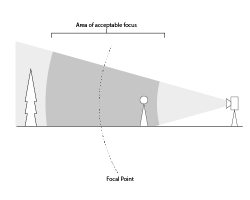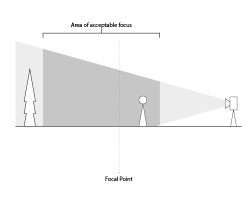Absolutely not a sports camera. Best portrait camera I have ever owned. Best keeper rate for that compared to my 5D mark III (speaking to eyes being in perfect focus). I know nothing of any other FF capabilities. I'm a very happy boy, but smart enough to know it isn't for everyone or every use case (Same as a 1DX Mark III or 5DSr). But please keep in mind that this is what we were responding to: "Ten years ago we all would have killed for a camera like the R. But, today it's lackluster enough that it's seen as an unacceptable hindrance to taking good photos. " And he's just plain wrong, painting not with a broad brush, but a pressure washer.I think that is too broad a brush, whilst obviously any modern camera can take amazing images the fact is the R and RF are not necessarily the best Canon cameras to get the highest keeper rate in many photographic genres, and that is the key. I think few right minded people would say the R is a dud, but many can justifiably say it is no better for what they personally shoot than what they currently have.
Last edited:
Upvote
0



